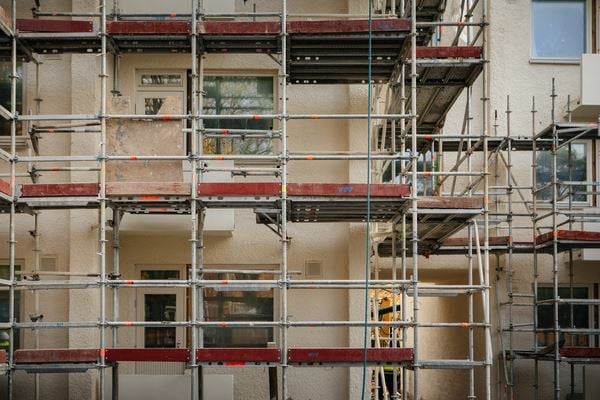- City
- Construction
- Blog
- Retail
- 5/26/2020
Cities can do a lot to promote infill building
Early cooperation between the city, housing company and partners would save the parties unnecessary rounds of planning as well as costs.

For a long time, infill building has been seen as the saviour of housing companies in need of major renovation: housing companies can secure funds for renovations by selling planning permissions for their plots.
(In the media: HS 2/2020 as well as HS 11/2019)
Finland’s major cities want to promote infill building because zoned areas are becoming scarce. Infill building in existing neighbourhoods also provides cities with a significantly cheaper way of growing than building new areas, which involves a great deal of civil engineering. For example, in Tampere, it will take approximately 50 years for the construction of the new residential area in Vuores to become profitable for the city, whereas the corresponding time for the infill building in Tammela is 25 years.
However, considering the publicity of the topic, there have been relatively few projects launched.
Profitability of infill building is under pressure from many directions
Infill building always changes the familiar environment, so some projects fail already at the preparation stage, with housing companies opting for the status quo instead of construction.
However, it is unfortunate how often infill building is stopped by financial considerations.
The income received by a housing company is affected by:
- The quantity of the generated planning permission
- The value of the planning permission in the area
The quantity of the generated planning permission is influenced by the size of the plot, the location of the existing buildings on the plot as well as the efficiency of the construction suitable for the area. A skilled designer is able to place as many new buildings in the area as possible. However, when it comes to the maximum construction, the hand is mainly dealt in advance. The value of the planning permission, on the other hand, is area-specific, with little flexibility.
The following will be deducted from the income:
- The amount of the development fee applicable to the land use contract
- The cost of an alternative parking solution
- Other specific costs arising from the implementation of the project, such as the demolition cost of existing structures
The development fee related to the land use contract is the amount collected by the city from the land owner due to the increased value of the plot. The purpose of the development fee is to cover the costs of municipal engineering and street construction. The maximum amount of this fee collected by the city is 60% of the increase in the plot’s value.
Time is running out
Housing companies constructed in the 60s and 70s need to carry out major renovations in the next few years. Many potential infill building projects will not be realised unless they are made more profitable and soon.
So what can cities and housing companies do?
In her recently reviewed thesis, Tuulia Puustinen from Aalto University studied the attractiveness of infill building from a housing company’s point of view and makes recommendations to both cities and housing companies.
Puustinen encourages cities to consider whether it is necessary to collect development fees. Even though many cities have already reduced the fees, according to Puustinen, they may still stop potential projects. Forfeiting the fee on one side may save a lot of costs on another if building can be steered increasingly towards infill building instead of the construction of new areas.
As an important challenge, Puustinen highlights parking and proposes requiring a smaller number of parking spaces as a solution. Many cities have already done this, although the costs of the parking solutions are still considerable. Another measure that would help solve the parking challenge is inexpensive but rarely used. Namely, to enable street parking for residents in suburban areas.
The role of the cities is to act as the enabler of infill building projects. Ultimately, however, the decisions regarding the implementation of projects are made by the housing companies as well as their selected partners. According to Puustinen, the best way to reach a feasible result is early cooperation between all three: this would help to avoid unnecessary rounds of planning and costs.
A housing company considering infill building as an option should include in the project (in addition to a good designer!) from the beginning on a developer partner to ensure the feasibility of the project. In the best-case scenario, the same partner could then assist with implementing major renovations, enabling the renovation and infill building project schedules to be designed ideally from the housing company’s perspective.
Watch a video about the future of suburbs in 2020:



